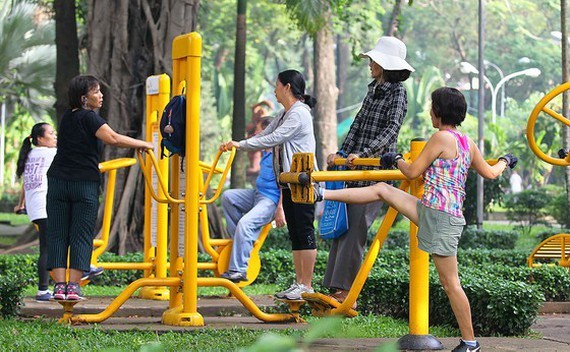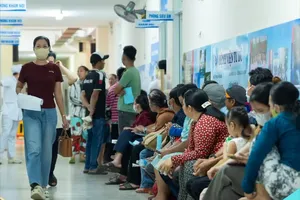
Vietnam's population is ageing at a fast pace without proactive solutions. Lifespan is longer but the number of people live healthily is small. Quality of workforce is not as high as expected to meet the country’s industrialization.
Additionally, gender inequality is another problems of the Southeast Asian country leading to bad consequences in society in the future.
According to Deputy Health Minister Nguyen Truong Son, after three - year implementation of the Central Committee of Communist Party’s decision 21-NQ/TW on population in the new situation, the country has achieved a lot in the population task.
Specifically, the population growth rate is under control successfully and the country has maintained replacement level fertility for 14 years.
Simultaneously, the quality of the country’s population is improved. Life expectancy has reached 73.6 years in 2019, much higher than other countries with same per capita income .
However, the population has been facing challenges especially birthrate between regions and cities. Statistically, 33 cities and provinces have high birthrate mostly in the mountainous northern region accounting for 42 percent of the population and southern region has low birthrate.
Cities and provinces with high birthrates are these disadvantaged places ; consequently, high birthrate has been badly affected the regions’ socio-economic condition, employment, education and healthcare.
























